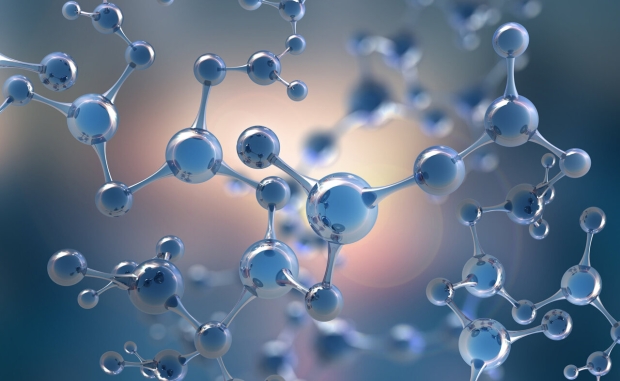A study describing the new material has been published in the journal Nature.
MIT chemical engineers have created a new material dubbed 2DPA-1, which is stronger than steel, as light as plastic, and can be easily manufactured in large quantities. The study's authors suggest it could be used in several applications, such as a lightweight, durable coating for automotive parts or cell phones or as a building material in bridges or other structures.
"We don't usually think of plastics as being something that you could use to support a building, but with this material, you can enable new things. It has very unusual properties and we're very excited about that," said Michael Strano, the Carbon P. Dubbs Professor of Chemical Engineering at MIT.
The two-dimensional polymer can self-assemble into sheets, unlike all other polymers, which instead form into one-dimensional chains. Scientists previously thought it was impossible to induce polymers to form in two-dimensional sheets, as polymerizing a monomer in an attempt to make a two-dimensional structure can easily branch out into a three-dimensional structure.
"Instead of making a spaghetti-like molecule, we can make a sheet-like molecular plane, where we get molecules to hook themselves together in two dimensions. This mechanism happens spontaneously in solution, and after we synthesize the material, we can easily spin-coat thin films that are extraordinarily strong," Strano continued.
"With this advance, we have planar molecules that are going to be much easier to fashion into a very strong, but extremely thin material. This could allow us to create ultrathin coatings that can completely prevent water or gases from getting through. This kind of barrier coating could be used to protect metal in cars and other vehicles, or steel structures," said Strano.
You can read more from the study here.




